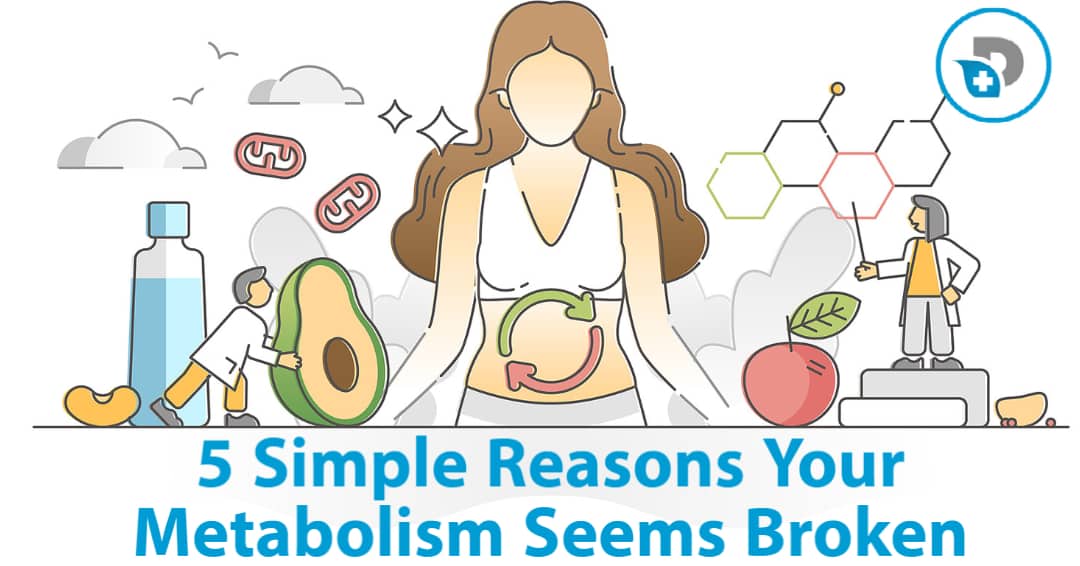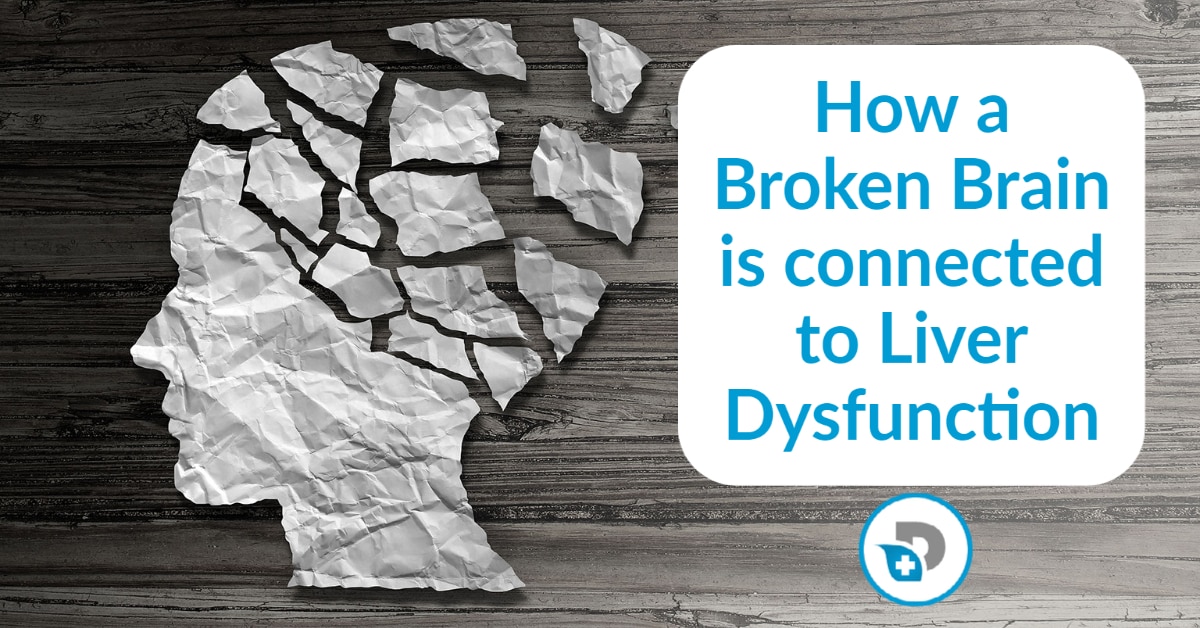What is Wellness?
Wellness is a modern term with ancient roots.
Wellness as both preventive and holistic treatments can be traced as far back as ancient East (India & China) and West (Greece & Rome) Civilizations.
According to the Global Wellness Institute, wellness is defined as “the active pursuit of activities, choices and lifestyles that lead to a state of holistic health.”
It's important to also note that wellness is not a passive or static state, but the “active pursuit” of health associated with intentions, choices and actions that we make.
Wellness is an individual pursuit – and largely based on the self-responsibility we have in choosing health promoting behaviors and lifestyles.
Wellness is multidimensional and continual.
In other words, there's no end to the constant refinement and modification of our lifestyle to enhance our health and well-being.
There's not a finish line.
Every day, you are either building up your body towards optimal health and wellness, or you're breaking down towards dysfunction, symptoms and disease.
In the chart below, you can see how someone with poor health can engage conventional medical doctors to treat their particular illness.
Usually, someone doesn't seek the guidance of medical care until they are between 1 and 3 of the illness-wellness continuum.
In addition, once this person gets “better” and their symptoms are gone, they assume they're healthy. This is 4 to 7 on the illness-wellness continuum.
However, this is only ‘false health' or ‘wellness'.
On the opposite end, are people who focus proactively on prevention and maximizing their vitality.
People who drive themselves into the 8, 9 and 10th levels of the illness-wellness continuum are those that adopt attitudes and lifestyles that prevent disease, improve health, and enhance their quality of life and sense of wellbeing.
In other words, wellness is proactive, preventive and driven by self-responsibility.

The Four Foundations of Wellness
The four markers of wellness are:
- Nutritional Wellbeing,
- Physical Wellbeing,
- Emotional Wellbeing
- Environmental Wellbeing.
Let’s look at these individually.
Nutritional Wellbeing

For many people, nutritional wellbeing is the quality of the foods they eat but it doesn't stop there.
Healthy communities around the world practice nutritional wellbeing as part of their heritage.
Families in these communities look at eating as not just consuming food, but as a part of their family time and community building.
Certainly, it all begins with choosing the right type of food to prevent nutrient deficiencies.
These foods are high-quality, nutritionally dense, and usually locally grown or raised.
Most of their food choices are organic with minimal application of herbicides or pesticides.
Preparation continues at home and often involves more than one person or generation.
Once prepared, the meal is enjoyed by the entire family at the table as they tell stories about how their day went or working out their daily struggles together.
They eat until they are almost full, chewing their food thoroughly and giving their digestive systems a chance to work correctly.
After their meal, these populations take the time to rest and digest their food and cleaning up is a family affair as well.
Physical Well Being

Physical movement is one of the best forms of medicine you can get.
A quote from Plato emphasizes the importance of physical activity:
“Lack of activity destroys the good condition of every human being, while movement and methodical physical exercise save it and preserve it.”
Healthy populations all over the world understand the importance of movement.
It should be noted that this doesn't involve blocking out 30 to 45 minutes three times a week to exercise.
Instead, optimizing physical movement includes performing sensible movement activities throughout the day.
This includes:
- Walking
- Gardening
- Visiting neighbors
- Playing with family members outside
This type of activity has been show to improve cardiovascular and bone health.
This type of activity helps to clear their minds and provides them mental clarity to perform their daily activities.
These populations understand that too much movement, either in aerobic activity or flexibility, may be detrimental to their wellbeing.
They do not take time out of their day to move; it is what they do to live.
Despite the truth in the saying “sitting is the new smoking,” we often spend a good portion of our day sedentary at our occupations, then get in our vehicle and drive home to eat on the couch and watch TV or scroll mindlessly.
If we do carve out time for exercising, it is 30 minutes to get a quick run in or hit the gym.
Our bodies were not designed to do these types of activities.
Movement is life, not a block of time.
Emotional Wellbeing

People living in the Blue Zones are some of the healthiest people on the planet.
And people who live in Blue Zones certainly experience the same kind of stressors that you and I experience daily.
However, their lifestyle and nutritional choices are often the management tools needed for
stress management.
They simplify their lives rather than complicating it.
Their daily lives are full of sensible movement, often spending large amounts of time with family and friends.
They are spiritually active, get good sleep and avoid environmental toxicity such as chemicals or emotions.
The diet of people in the Blue Zones are dense with vegetables full of fiber and macro and micronutrients that help with mood moderation.
Often, they enjoy their meals with family or friends.
These Blue Zone habits combine to strengthen their emotional wellbeing.
It is estimated that 85% of primary care doctor visits are due to stress related causes.
Stress plays a vital role in the pathology of nearly every modern chronic disease you can think of.
Whether the stressor is real or perceived, the stress response by the body is actively engaged and responds to the stressor.
Stress can be external, from injuries, poor sleep, work, and home.
Stress can arise internally as well. Illness, pain, both acute and chronic, inflammation, poor diet, chemicals and perception are examples of internal stressors.
Either way, the effects of stress hormones are driven by genomic expression, producing certain proteins that cause the production and release of glucose, mobilization of amino acids, inhibition of glucose uptake in adipose and muscle tissue, lipolysis, inflammation reduction, immune suppression, and increased blood pressure.
If the stressor persists, whether real or perceived, long term stress hormone release can affect many other tissues.
Other areas affected by long-term cortisol release include the brain, digestive system, the thyroid, and reproduction hormones.
Possible symptoms of long-term cortisol release include:
- Brain fog
- Fatigue
- Anxiety
- Obesity
- Chronic disease
- Thyroid dysfunction
- Reproduction issues
- Diabetes
Environmental Wellbeing

Finally, there's environmental wellbeing.
Today’s health care often focuses on environmental wellbeing with the discussion of chemical toxicity.
However, there's more to environmental wellbeing than toxicity.
In fact, residents in Blue Zones do not think about environmental toxicity at all.
They live and interact in environments that have been established for hundreds of years.
They shop in places that sell good foods, local and seasonal.
Skills have been developed over eons to store and preserve seasonal foods for future use.
They eat very little processed foods.
Their kitchens are set up to cook and preserve fresh foods.
Extended families participate in meal preparation and clean up.
Their homes are safe, social places where families and friends have a place to gather and enjoy being together with similarly minded people.
Blue Zone communities play a vital role in the wellbeing of the residents that live there.
The infrastructure developed in these communities allow for safe travel, places to enjoy hobbies, community education, worship, and gathering areas for social events.
This provides pride and ownership in their environment and helps develop purpose for the residents.
Many people in the Blue Zones have their own gardens, not only providing nutritious food, but increased physical movement and stress management.
Convenience has crept into every part of our lifestyle and this convenience is chemically driven.
We are inundated with processed foods, plastics, pesticides and herbicides, and thousands of other chemicals daily.
Many of these chemicals are found in our foods and drinking water.
These chemicals can accumulate in our tissues and leach out weeks, months or even years later.
The effects of chronic chemical exposure are far reaching, affecting systems such as our reproduction system, leading to conditions such as low testosterone production, polycystic ovarian syndrome or cognitive decline disorders.
Daily, millions of us utilize electronic devices to communicate, socialize, work, acquire information and help us sleep.
Studies suggest that chronic exposure to electromagnetic fields (EMF) may have genotoxic effects as well as lead to attention deficits, headaches, tremors, dizziness and possible carcinogenic activity.
Long term exposure to emotionally toxic environments may lead to increase depression, anxiety and other medical conditions such as heart disease, including fatal cardiac events.
As you can see, there is so much more to building up health and wellness than most people give credit.
Interested in Building Your Health Resiliency?
In today’s world, we rely on testing to tell us if our diet & lifestyle is affecting our health.
We work hard on naming disease and prescribing medications for treatments.
Results from a Georgetown University study states that 131 million Americans, or 66% of all adults, use prescription medications.
For the past few decades, we have lived longer lives.
However, the quality of life in the elderly has decreased.
In the past, social and family bonds were strong, with grandparents often living with
their children and grandchildren.
Today, strong multigenerational families are rare.
Seniors often live alone and are at risk of over medication, loneliness and despair.
Our bodies have a variety of mechanisms of detoxing these environmental toxins, be it emotional, physical or chemical.
These mechanisms rely on cells, tissues and organs to function properly.
Nutritional depletion, physical deterioration, emotional suffocation and taxing environmental conditions are all leading to depleted metabolic reserves, negatively impacting our
vitality and wellbeing, leaving us exposed to increasing chronic disease.
If you want something different, consider working with a qualified Functional Medicine practitioner.
Want to speak to a functional medicine professional about increasing wellness?
Book a free 15-minute consultation with Dr. Daniel.




